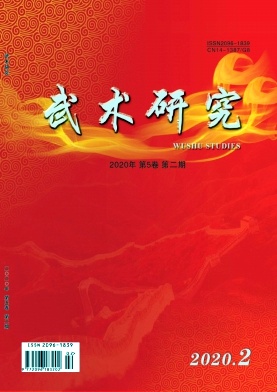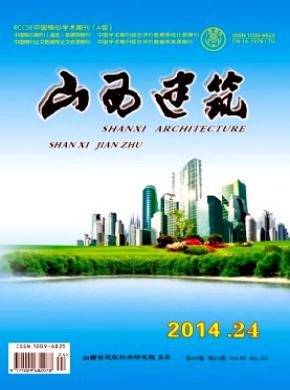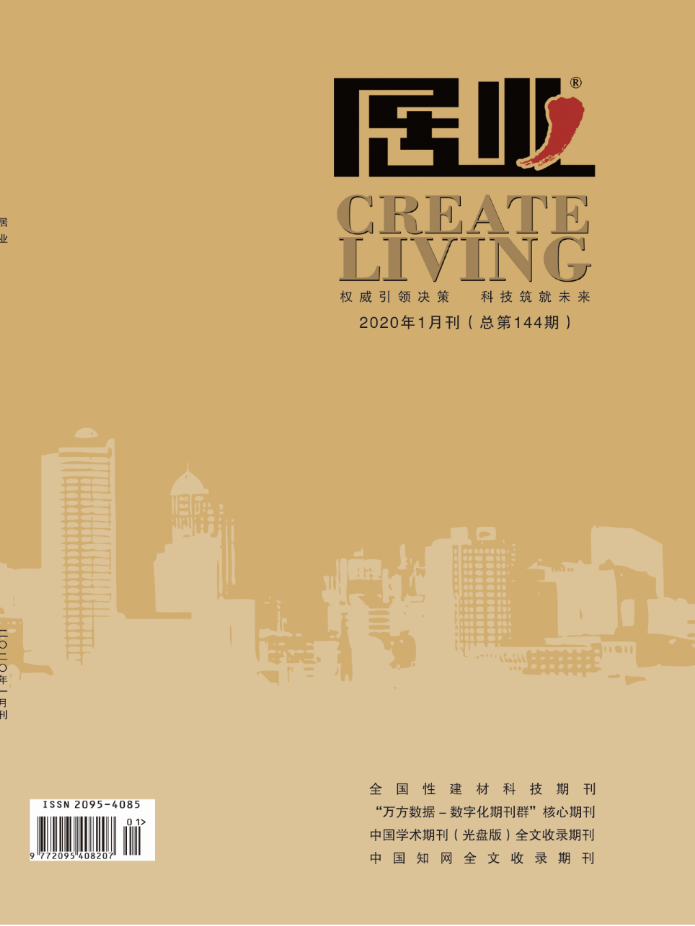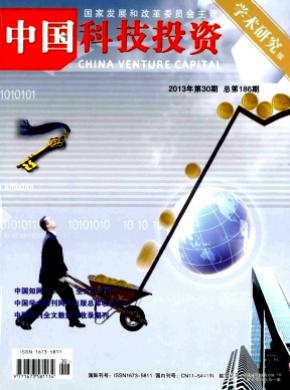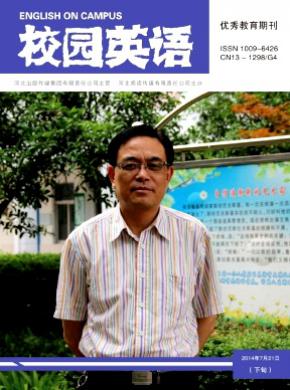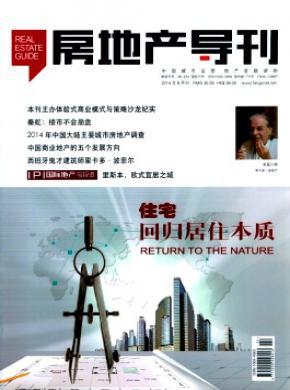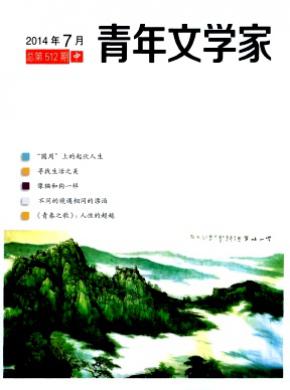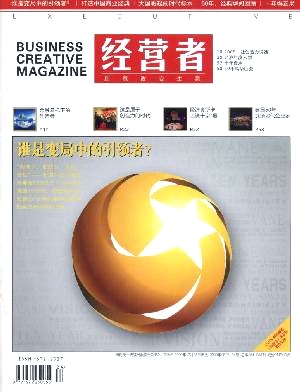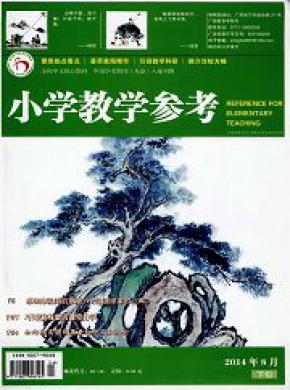一篇文章教会你 SCI 论文中时态的正确使用
医学论文的格式主要由 Title、Authorship、Abstract and Key Words、Introduction、Materials and Methods、Results、Discussion、Acknowledgements 和 References 等九部分组成。
写好一篇英文论文,需要注意的地方有很多。SCI 英文写作与中文表达方式不一样,不同情况所用时态也不一样 。今天我们就从时态开始入手,跟大家分享一些我个人的经验。
医学论文时态的应用关键在于理解各个动作发生的时间,以及动作产生的影响是否深刻,所研究的内容的意义是否有普遍性等。
01一般过去时
① 介绍研究目的、叙述研究过程、方法、材料、方案设计、结果(除指明性说明外)和结论用一般过去时表达。
我们需要明白的是作者在写论文时,研究工作已经结束,研究过程中所作的一切已成为过去。
例:The purpose of report was to consider the etiologic mechanism and new therapy of …(疾病名称).
② 如果作者认为自己的结论仅仅是一种可能性或只是当时表示的研究结果和研究范围,或只适用本研究环境和条件的结论,则用一般过去时。
例:The morbidity and mortality rates observed in our group of receiving long-term TPN, therefore, were far in excess of what would be expected for a population of patients whose mean age was 27 years.
02过去完成时
① 如果要说明研究或实验之前发生的动作和情况,用过去完成时。
例:Of the 600 patients with multiple myeloma, 15 have been diagnosed with diabetes.
② 追述结果之前的情况,则用过去完成时。
例:Three patients with fever were treated the same way. The first patient with fever was treated before volunteers had been studied.
③ 当作者研究之前就有人已进行过相关工作,即「过去的过去」,或表示已存在的状态,用过去完成时表达。
④ 在以 when,as soon as,before,after,until 等词引导的时间状语从句中,如果主句谓语和从句表示的动作在不同时间发生,那么先发生的动作往往用过去完成时。
03一般过去时或过去完成时
说明资源的来源和收集方法、研究的起止时间和主要结果、直接引用原始文献作者姓名及其观点、描述过去研究过程中进行的活动,常用一般过去时或过去完成时(强调本项研究之前就已进行过的工作)。
例:The effect of vincristine (VCR) on blood pressure was studied retrospectively and prospectively.
04一般现在时
① 摘要中,当介绍的研究背景是作者写论文或论文发表时的当前情况时;介绍本文的中心意图,说明本文要解决的问题,句中常用 be to do 结构表示「本文旨在」、「本综述旨在」。
例:The purpose of paper is to describe the clinical characteristics of 30 such patients.
② 具体写研究目的时,由「阐明、确定、探讨」等动词引出的宾语从句,或其他形式的句子中的谓语动词一般用现在时,表示客观规律。
例:The aim of this paper was to determine whether there is a significantly difference between the two methods for determination of moisture content.
③ 结论中,如果作者认为本研究结论具有普遍性理论或临床应用意义时。
例:The drug improves microcriculation by increasing erythrocyte flexibility, inhibiting platelet aggregation ,decreasing vascular resistance. It also improves tissue oxygenation and increases ATP production.
④ 说明图注和表注的内容、数据、图形和符号用一般现在时。
例:Date are presented as mean SD.
05现在完成时
介绍研究背景时,动作是从过去某一时刻开始一直持续到写本论文为止,或强调过去的行为对目前的影响。现在完成时常用于资料性文摘中 。
例:With ultrasound, the progression from a normal gallbladder to one with gallstones has been documented in more than 25 patients.
06一般现在时或将来时
① 表达作者的前瞻性研究或对未来的展望。
例:A comparative study is needed/will be required to determine the efficacy of the currently developed drugs.
② 对实验过程的内容、研究结果的发现进行分析、推理和比较,认为具有普遍意义的理论和结论,用一般现在时或一般将来时表达。
例:The natural corollaries of this proposal are early diagnosis and gallstone prophylaxis. Early diagnosis of TPN-induced gallbladder disease will facilitate decision-making within this high-risk group of patients.
07一般将来时
在说明研究的内容和目的后,提及预期的结果和价值及今后要做的工作时,常用一般将来时。
例:With the increasing of clinical correlation is obtained, the usefulness of bilirubin determination will increase.
前言和结论部分一般现在时或现在完成时常在前言和结论部分交替使用。
① 介绍研究的背景、现状及尚待解决的问题,报告病案或概括原始文献作者的观点和结论,常用一般现在时或者现在完成时。
例:Annual mortality rates as high as 7% to 12% have been reported.
② 表示研究的结论,因为是现阶段得出的结论或者当前已经可以确定的结论,可以用一般现在时或现在完成时。
③ 讨论部分中,引文或说明研究背景,包括意义用一般现在时或现在完成时表达。
④ 引用他人对所研究问题的看法用一般现在时或现在完成时。
例:Glenn has reported a mortality rate of less than 0.5 percent in over 4000 patients under the age of 50 years.
以上就是有关英语时态的使用,还有其他关于英文写作的问题,欢迎留言去告诉我们!
SCI 论文写作说到底也是个写作,下笔前应切记所表达的事件发生的事件和情景,减少时态的错误使用,避免审稿人读文章时的发生穿越时空的错乱。
本文来源: 科研论文时间。版权归原作者所有。

